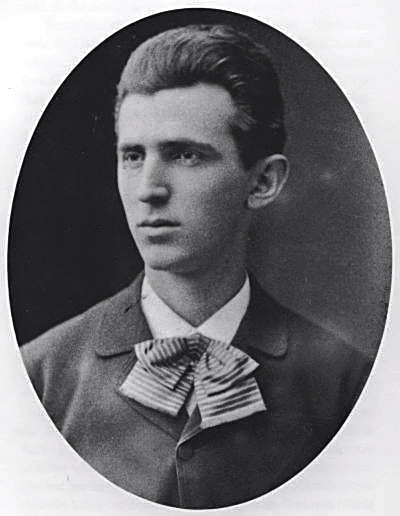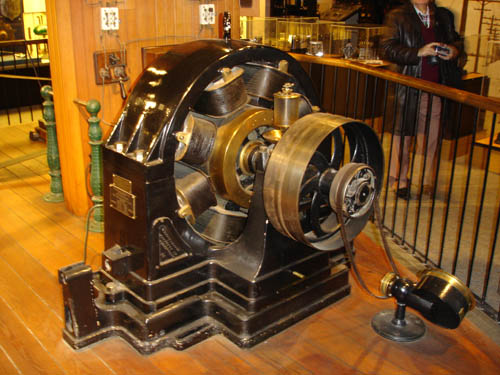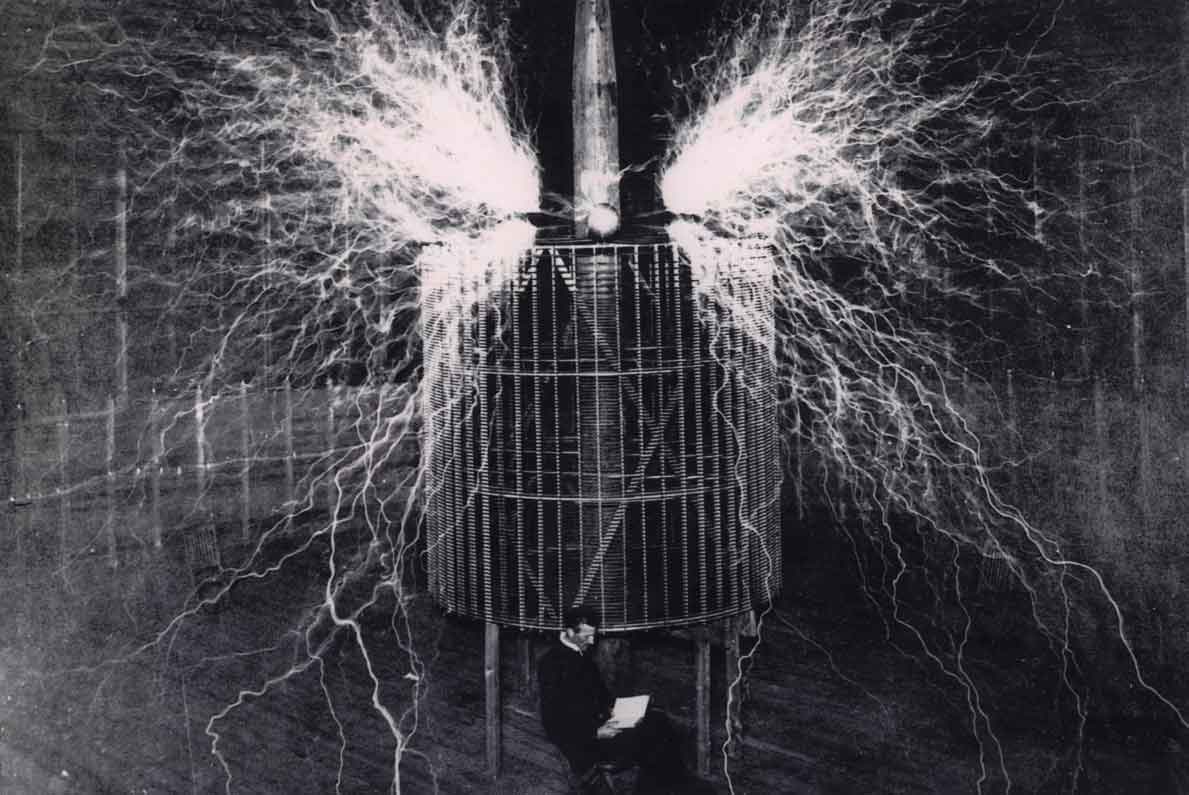Tesla's legacy has endured in books, films, radio, TV, music, live theater, comics and video games. The lack of recognition received during his own lifetime has cast him as a tragic and inspirational character, well suited to dramatic fiction. The impact of the technologies invented or envisioned by Tesla is a recurring theme in several types of science fiction.
For example, on Tesla's 75th birthday in 1931, Time magazine put him on its cover. The cover caption "All the world's his power house" noted his contribution to electrical power generation. He received congratulatory letters from more than 70 pioneers in science and engineering, including Albert Einstein.
Here is a list of just some of Tesla's achievements:
- Order of St. Sava, II Class, Government of Serbia (1892)
- Elliott Cresson Medal (1894)
- Order of Prince Danilo I (1895)
- Edison Medal (1916)
- Order of St. Sava, I Class, Government of Yugoslavia (1926)
- Order of the Yugoslav Crown (1931)
- John Scott Medal (1934)
- Order of the White Eagle, I Class, Government of Yugoslavia (1936)
- Order of the White Lion, I Class, Government of Czechoslovakia (1937)
- University of Paris Medal (1937)
- The Medal of the University St. Clement of Ochrida, Sofia, Bulgaria (1939)
 Nikola Tesla was born in July of 1856, in what is now Croatia. Tesla grew up into bright inquisitive, yet eccentric child, who found himself fascinated by the world around him. On June 6th, 1884, Tesla arrived in the United States. He was hired by Thomas Edison to do basic electrical engineering. He later went on to do his own experimenting and research as well as teach on the university level. Tesla lived a long life. He died on January 7th, 1943 at the age of 86.
Nikola Tesla was born in July of 1856, in what is now Croatia. Tesla grew up into bright inquisitive, yet eccentric child, who found himself fascinated by the world around him. On June 6th, 1884, Tesla arrived in the United States. He was hired by Thomas Edison to do basic electrical engineering. He later went on to do his own experimenting and research as well as teach on the university level. Tesla lived a long life. He died on January 7th, 1943 at the age of 86. 




